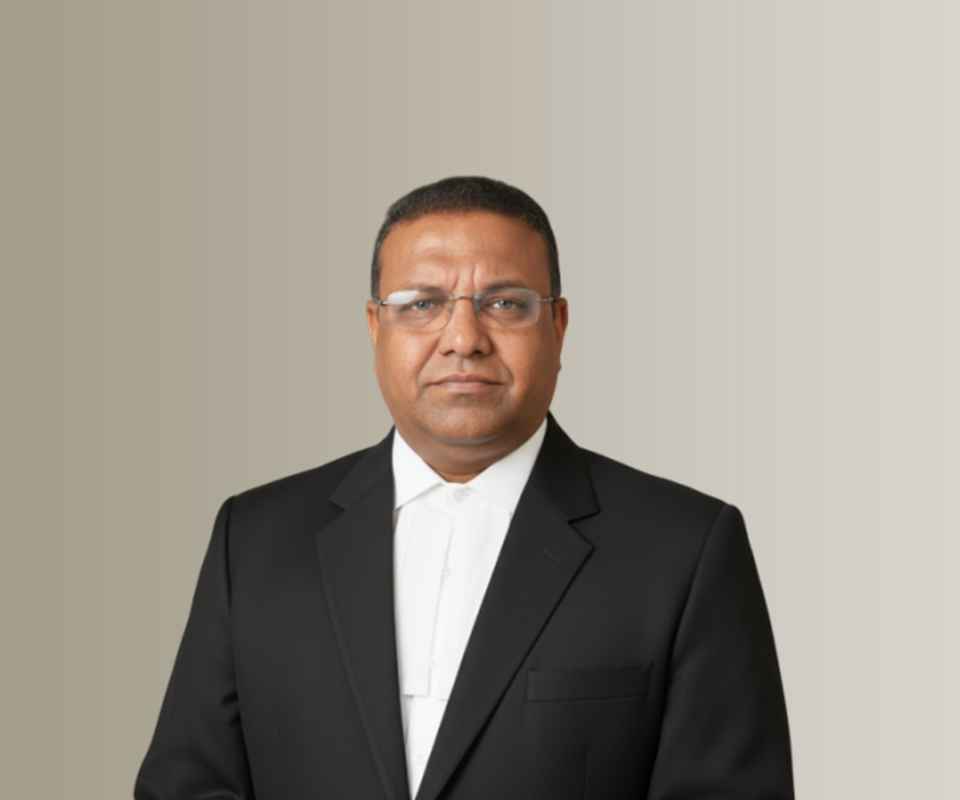Answer By law4u team
A provisional patent application is a temporary application filed with the patent office to secure a filing date for an invention before submitting a complete (non-provisional) patent application. It does not result in a granted patent by itself but serves as a stepping stone for the inventor to establish an early claim on their invention. Key Features of a Provisional Patent Application (In Indian Context): 1. Purpose: It helps the inventor to establish an early priority date for their invention, which can be crucial in case of disputes over originality or rights. 2. No Formal Patent Claims: Unlike a complete patent application, the provisional application does not require detailed claims. It just needs a proper description of the invention. 3. Validity Period: The provisional application is valid for 12 months from the date of filing. During this period, the inventor must file the complete specification (non-provisional application) to continue the patent process. 4. Cost-Effective: It is generally cheaper and requires less formality than a complete application, making it suitable for inventors or startups in the early stages. 5. "Patent Pending" Status: Once filed, the inventor can legally use the term "Patent Pending" to alert others that an invention is under patent consideration. 6. Does Not Get Examined: The Indian Patent Office does not examine provisional applications. Examination starts only after filing the complete specification. 7. No Extension: The 12-month time limit cannot be extended. Failure to file the complete specification within this time results in abandonment of the provisional application. Legal Basis in India: Under the Indian Patents Act, 1970, the concept of provisional specification is recognized. Specifically: Section 9 of the Patents Act, 1970 deals with provisional and complete specifications. No requirement of claims in the provisional stage. The priority date is the date of filing the provisional application. Why Use a Provisional Application? To secure an early filing date while the invention is still being developed. To test the commercial viability of the invention before investing in a full application. To gain time to prepare the complete specification. To seek funding or business deals while protecting the invention.









